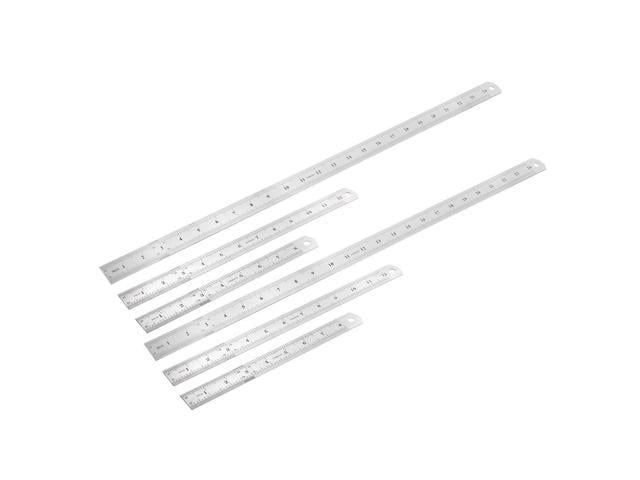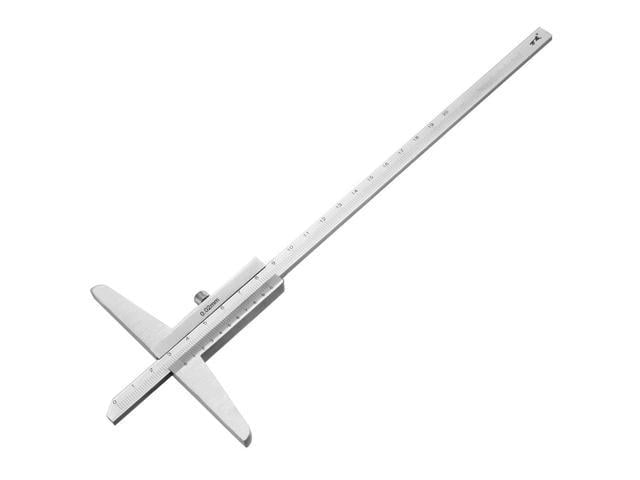Excerpt from The Building News and Engineering Journal, Vol. 20: January to June, 1871
The result of this tour, a heap of rough cartridge paper of different sizes, blotted with ink, stained by rain, sometimes lined with pencil, sometimes with indelible brown, and often with common ink, Mr. Burges says he found to be to himself very valuable, for they taught him the why and the wherefore which is the base of all architectural know ledge.
The determination of the author to give to others the benefit of what he had found so useful to himself, was one for which his sub scribers cannot be too grateful, seeing that the personal advantage to himself likely to accrue by so doing was necessarily very small. We, however, venture to think that it will prove larger than his modesty has at all allowed him to calculate upon.
The preparation of the drawings for publi cation, and transferring them to stone, has been the labour, and we doubt not a labour of lave, of Mr. Swindon Barber, Mr. Saunders, Mr. Tarver, and Mr. Lonsdale, and we are glad to learn that avery interesting section of it, that relating to costume, is likely to be continued by the two last of the above-named gentlemen, and republished in a separate form with additions.
About the Publisher
Forgotten Books publishes hundreds of thousands of rare and classic books. Find more at www.forgottenbooks.com
This book is a reproduction of an important historical work. Forgotten Books uses state-of-the-art technology to digitally reconstruct the work, preserving the original format whilst repairing imperfections present in the aged copy. In rare cases, an imperfection in the original, such as a blemish or missing page, may be replicated in our edition. We do, however, repair the vast majority of imperfections successfully; any imperfections that remain are intentionally left to preserve the state of such historical works.















